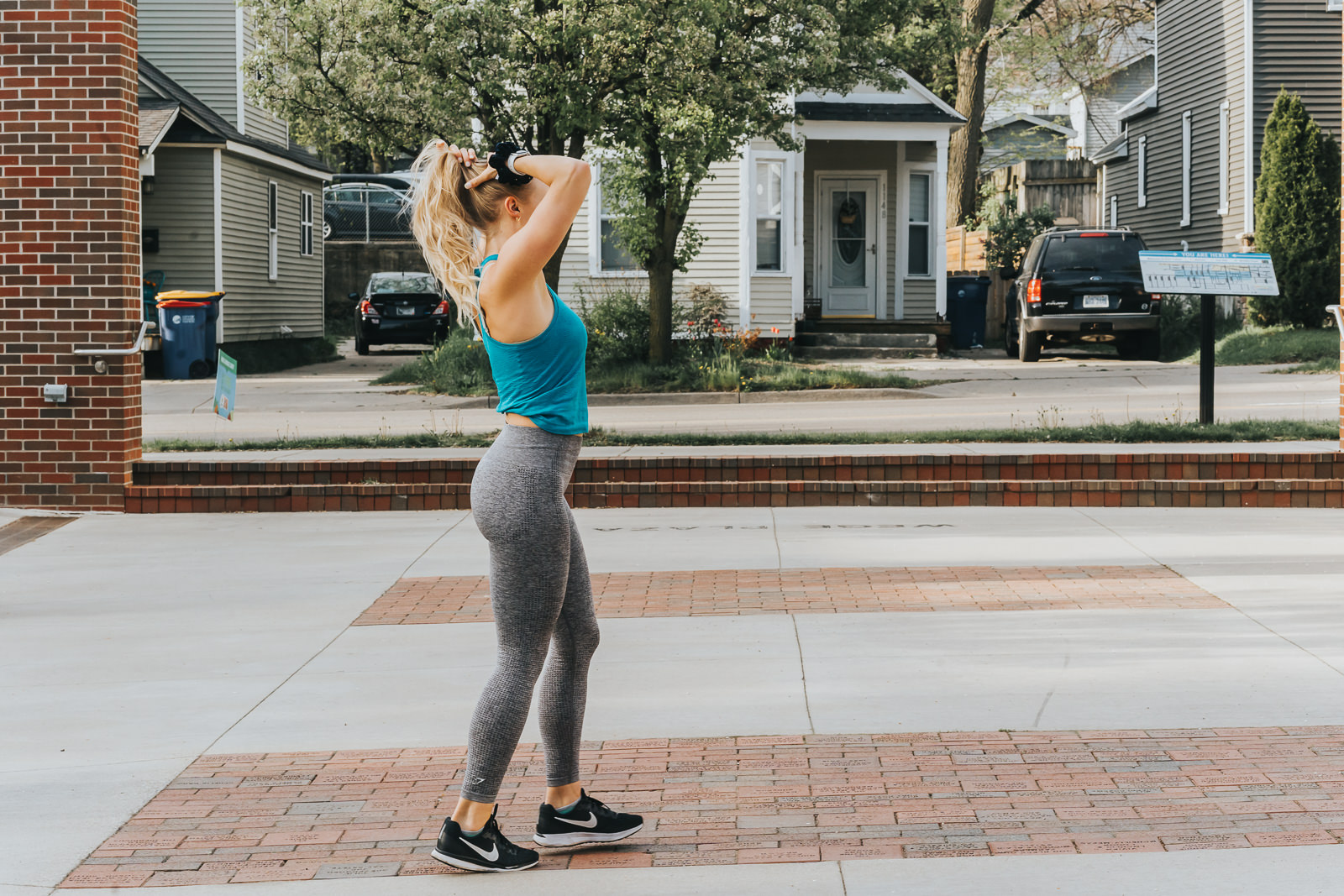If I were to say “exercise”, what is it that immediately comes to mind? What are the emotions or associations that are triggered when you hear this word? It is dread? Is it daunting? Uncomfortable? An obligation?
If you’ve found your way to this page, and if you’re already familiar with who I am and what I do, then you’re more than likely someone that has a connection to movement, hopefully good, but if that’s not necessarily the case, I’m here to help!
Below are five ways to help you regain trust with movement, your body and your relationship to both. ENJOY.
1. Dissociate movement from weight “management”
For me, movement was always a means to an end. Movement = weight loss. That is, until I started to understand that in healing my eating disorder, I too had to heal my relationship with movement and what it meant in my life and to my body. If you’re working out solely to change the way you look, you’re going to get burnt out, disappointed, and are more likely to fall back down a self-blaming spiral. When your fitness is rooted in what your body looks like, you will never be satisfied.
Begin to switch your mentality from [Food + Movement = Body] to this is the food I eat, the movement I enjoy, and the body I have.
Action Steps:
While our Apple Watches are an incredible tool for so many things, I do believe that by holding on to caloric metrics, you can hinder your ability to recognize your bodies internal cueing of satisfaction in regards to exercise. If you’re willing to take the plunge, here’s how to disable Fitness Tracking on your watch.
- Tap the Watch icon on your iPhone.
- Select the My Watch tab.
- Scroll down and choose the Privacy option.
- Tap the button to the right of Fitness Tracking to toggle it on or off.
- Start enjoying movement on YOUR terms, not your tracker’s.
2. Expand your definition of movement
Movement does not have to be about burning calories or changing the size of your body. Sweat, pain, nor soreness are qualifying metrics. By expanding your definition of movement, you can begin to experiment with what brings you, and your body, actual joy. Unconventional but totally viable ways to move your body can include: cleaning, walking the dogs, dancing, stretching, rollerblading.
Action Step:
The next time you’re moving your body, consider these two questions:
- Would I still want to perform this exercise if I knew it wouldn’t change my weight?
- Is pushing myself harder motivated by celebration or punishment of my body?
3. Flexibility over Rigidity
Having structure in your routine can be nice, especially for a “Type A” personality like myself, however, being too rigid in your schedule and commitment to movement can lead to disappointment when life inevitably derails your plans. Lean into flexibility, learn to appreciate your bodies ability to communicate to you with its needs, and give yourself plenty of grace as you navigate this change.
4. Practice Unconditional Permission to Rest
Maybe you have started to believe that taking a rest day will set you back, ruin your progress, or that you will gain weight in doing so. Know that you are valid in your feelings, but these thoughts are just simply not true. When it comes to movement, sometimes less is more, especially when you are trying to heal your relationship with it. Avoiding rest days can set you up for things like injuries or overtraining, which will eventually force you to take rest days—whether you like it or not.
Action Step:
Schedule in a rest day this week, and truly take it. Notice how your body feels during, and after. How did you feel mentally? Did your worse-case-scenario come true? I’m going to assume not. Cling on to that truth, and as you would with anything else, practice, practice, practice! It’ll eventually get easier and hopefully make your rest days more enjoyable.
5. Listen to Your Body (More than You Listen to the Internet)
There are so many people in the fitness industry (or worse, not in the industry) dissing this, and preaching that. Trying to convince YOU what is right for YOUR body. I whole-heartedly believe that there’s no one right answer. What’s best for you is what feels good for your body. So, move in a way that evokes joy, eat in a way that feels satisfying, and stop listening to people that are unqualified to tell you how to do so.
And if you are truly feel like you are in need of professional help to navigate your relationship with movement, I’m glad you’re here and I know a gal that can help. Click the link below to submit and inquiry about my coaching services.

